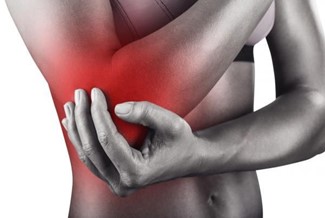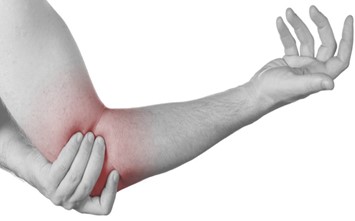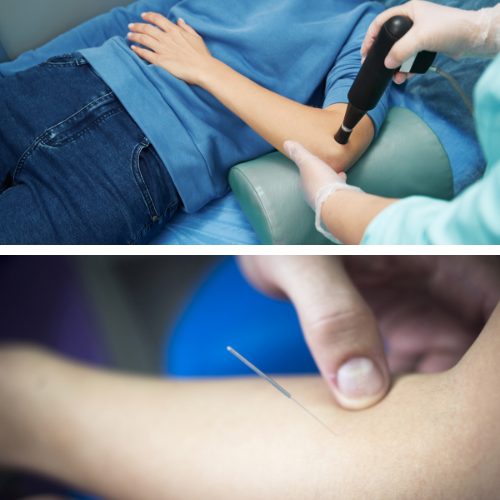Tennis elbow or lateral epicondylitis is inflammation or, in some cases, micro tearing of the tendons that join the forearm muscles on the outside of the elbow. Recent studies show that tennis elbow is often due to damage to a specific forearm muscle. The extensor carpi radialis brevis (ECRB) muscle helps stabilize the wrist when the elbow is straight. When the ECRB is weakened from overuse, microscopic tears form in the tendon where it attaches to the lateral epicondyle. This leads to pain and tenderness on the outside of the elbow

Symptoms
The symptoms of tennis elbow develop gradually. In most cases, the pain begins as mild and slowly worsens over weeks and months. Common signs and symptoms of tennis elbow include:
- Pain or burning on the outer part of your elbow
- Weak grip strength
- Lifting
- Make a fist or grip an object
- Raise your hand or straighten your wrist
- Sometimes, pain at night

Cause
Tennis elbow primarily results from the repetitive strain caused by activities that involve loaded and repeated gripping and/or wrist extension. Most people who get tennis elbow are between the ages of 30 and 50, although anyone can get tennis elbow if they have the risk factors. In racquet sports like tennis, improper stroke technique and improper equipment may be risk factors. However, many other common arm motions can cause tennis elbow, including:
- Using plumbing tools
- Painting
- Driving screws
- Cutting up cooking ingredients, particularly meat
- Repetitive computer mouse use
Lateral epicondylitis can occur without any recognized repetitive injury. This occurrence is called idiopathic, or of an unknown cause.
Treatment
- The first step toward recovery is to give your arm proper rest. This means that you will have to stop or decrease participation in sports or activities that aggravates the arm.
- Icing the elbow to reduce pain and swelling. Experts recommend doing it for 20 to 30 minutes every 3 to 4 hours for 2 to 3 days or until the pain is gone.
- Extracorporeal shock wave therapy. Shock wave therapy sends sound waves to the elbow. These sound waves create microtrauma that promotes the body’s natural healing processes. Shock wave therapy is an effective treatment for tennis elbow.
- Dry needling is an alternative therapeutic modality that can help treat tennis elbow. Benefits of dry needling for tennis elbow includes, reduced joint inflammation and swelling, improved blood circulation, reduced muscles tension, and improved range of movement.
- Physical therapy.Specific exercises are helpful for strengthening the muscles of the forearm. Your therapist may also perform ultrasound, ice massage, or muscle-stimulating techniques to improve muscle healing.

